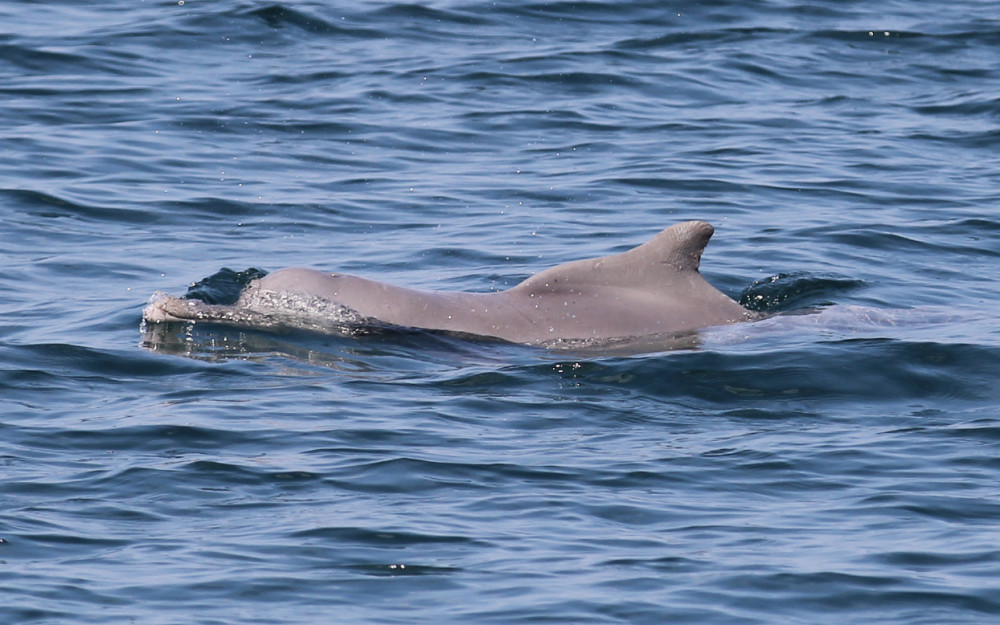Dolphins in Tanzania

Indian Ocean humpback dolphins have a patchy distribution from South Africa to India in the Western Indian Ocean and very little is known about this special new species.
Funding for this project has now finished
The problem
The Indian Ocean humpback dolphin has only been recognised as a distinct species since 2013
These beautiful dolphins seem to be quite specific about where they live, generally occurring within 2km of shore and in shallow water less than 15m in depth. There is considerable conservation concern about the species because their coastal, restricted, shallow-water habitat, in the developing world, places it in very close proximity to numerous human uses of the coastal zones.
Major threats to the survival of Indian Ocean humpback dolphins include incidental capture in fishing gear and hunting by communities.
The solution
This project is designed to address the major hurdle to conservation of the Indian Ocean humpback dolphin in Tanzania, and that is a dearth of information on where they occur, what habitat they utilise and the major threats they face.
We will be addressing these issues by exploring a potentially important area on Pemba Island, to generate valuable baseline data on humpback dolphins, as well as conducting an evaluation of the magnitude of the major threats.
This information is essential in order to be able to design conservation measures to reduce mortality or improve their conservation status. By working with the marine protected area (MPA) managers and staff on the island, they will be able to take the lead safe guarding this unique mammal and many more for years to come.
The team will also be hoping to study Tanzania’s most endangered marine mammal, the dugong, on the west coast of Pemba Island.
Latest updates
The study how been completed and has been highly successful, exceeding our best expectations.
Project leader Dr Gill Braulik from the Wildlife Conservation Society, Tanzania Program recently sent us their findings.
- The first of two field expeditions confirmed the presence of a significant population of humpback dolphins west of Pemba. We recorded 10 sightings most included 3 to 4 individuals but we also sighted a large active group just a few hundred meters from shore that we estimated as 10 animals.
- From high quality photographs of the humpback dolphins we have identified 27 unique individuals photographed. Interestingly more than 40% of these had scars that clearly were inflicted by fishing nets.
- We identified potential locations of Indian Ocean humpback dolphin occurrence along the little known, 800km long Tanzanian mainland coast.
- More than 500 fisherman were interviewed over the project. Based on responses we can predict where by-catch is highest and where measures need to be put in place to protect the dolphins. The fisherman also consistently reported that dugong no longer occur in Pemba.
- Take a look at more images and findings in the full final report.
Thank you to all our donors who helped us fund this work. You can help us support more projects like this with a donation today:
